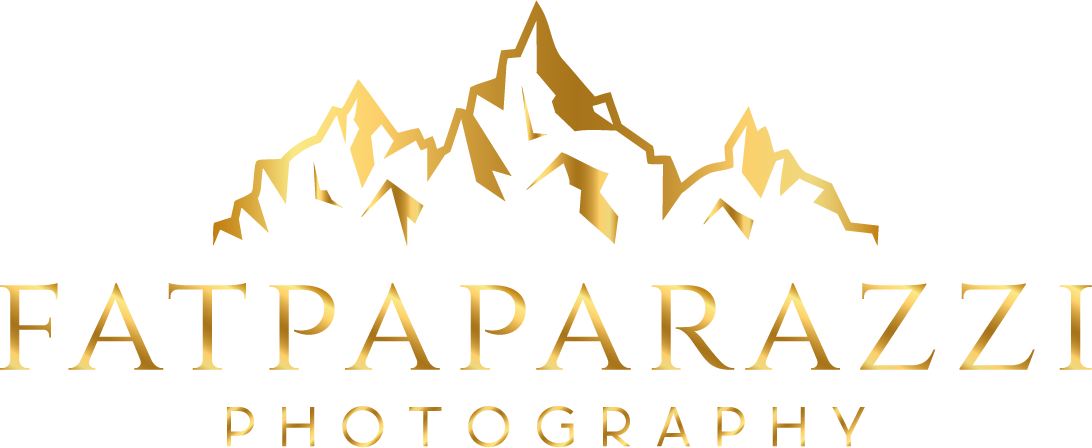ISS Lunar Transit
Orbiting the globe every 28 days our only natural satellite - the moon - appears every night. Also orbiting our globe is the International Space Station but it circles 16 times daily at a speed of 25,000km/h and an altitude of 400km. I have seen the ISS countless times….in fact twice in one night with my son years ago….but it’s rare and most often based on luck. To have the ISS perform a lunar (or solar) transit is even rarer and carries with it a multitude of variables. Time, location, weather…you get it.
Over the years I have travelled great distances at stupid times of the morning to capture this event to varying effect but have always kept trying while honing my skills with every attempt.
To witness an ISS lunar transit during full moon is the holy grail for astronomical photographers and something I have been chasing for over three years now. Below you will see the closest I have come to that yet.
The International Space Station circles Earth every 90 minutes in a SIN wave pattern moving eastward a little with each pass making it visible only at certain locations and at certain times. Backdropped against a night sky, and more particularly the moon, the mathematics of determining when an ISS lunar transit will be visible at “your” location, on a clear night, is majorly daunting.
Luckily we have weather apps to predict atmospheric conditions but also a website I visit every week without fail. ISS Transit Finder will provide with only a few keystrokes projected locations of any “nearby” larger satellites in the next few weeks.
Thursday 28th March 2024 showed a visible ISS lunar transit a few kilometres from my home and only 3 days waning from the full moon prior to Easter. Thank you Jesus !
Predicted transit time 2:33:03.78 am, transit duration 0.56 secs.
I set the alarm for 1:30am only to spy some menacing cloud both high, and low on the horizon. “Bugger it” I told myself and showered to make my way up the road to the predetermined location according to the app. The setup drill has been well rehearsed over the years so the tripod was extended, Moon Bazooka mounted, camera settings dialled in - which I admit I toyed with the preceding 2 nights with the almost perfect moon - and I waited. The cloud maintained its menacing march east to west and although obscuring the moon at times, provided only marginal cause for concern in the end. The bigger issue was the moon’s elevation and consequent ISS passing. Set for an almost 70° altitude I was worried the Moon Bazooka’s mounting plate wouldn’t rotate that far upward. It did….but only just. Phew. Now like every other planned photographic shot it was a matter of waiting.
With a window of only 0:56s seconds in the “light”of the moon, it was impossible to see the ISS before or after its transit. That is where trust comes into play and by that I mean an atomic clock set to 100th of a second. Holding a remote cable release (a device used to trigger the camera without having to actually touch it) eyes were only on the ascending green digits of the phone as they approached 2:33:02:78. With split second timing I triggered the button ensuring (by my camera specifications) 5 shots per second would be taken. I hoped. Nervously.
I got 2 frames within the disc of the moon which isn’t too bad considering. In the past I’ve managed to capture the ISS before and after transit but only when sunlight was thrown onto the station therefore making it visible. Either way I nailed one capture bang in the centre line and was “over the moon”. You will imagine it an odd sight I am sure, a garbo in hi-vis clothing standing in the middle of the road at 2:33am jumping and hollering in delight….but I did.
It is the clearest shot I’ve taken thus far of an ISS transit…..but not clear enough….next time I’ll increase the shutter speed to over 1/1000 sec and bump up the ISO to compensate for exposure. Grain is of little concern with this type of photo but as you can tell shutter speed in capturing something travelling 25,000km/h is vital. The space station is a little blurred in my opinion compared to the moon behind and that is something I would like to work on with my next attempt.
That is why this photo has become a multi year project for me. Trial and error is not instantaneous with gaps between photo opportunities way too long on something appearing only every “blue moon”. But considering it was 3 days out from a full moon, a very clear night and a near perfect mid-moon transit I am extremely pleased with the result and will gladly rest on it until the next attempt.
900mm, f/6.3, 1/640sec, ISO 250.



